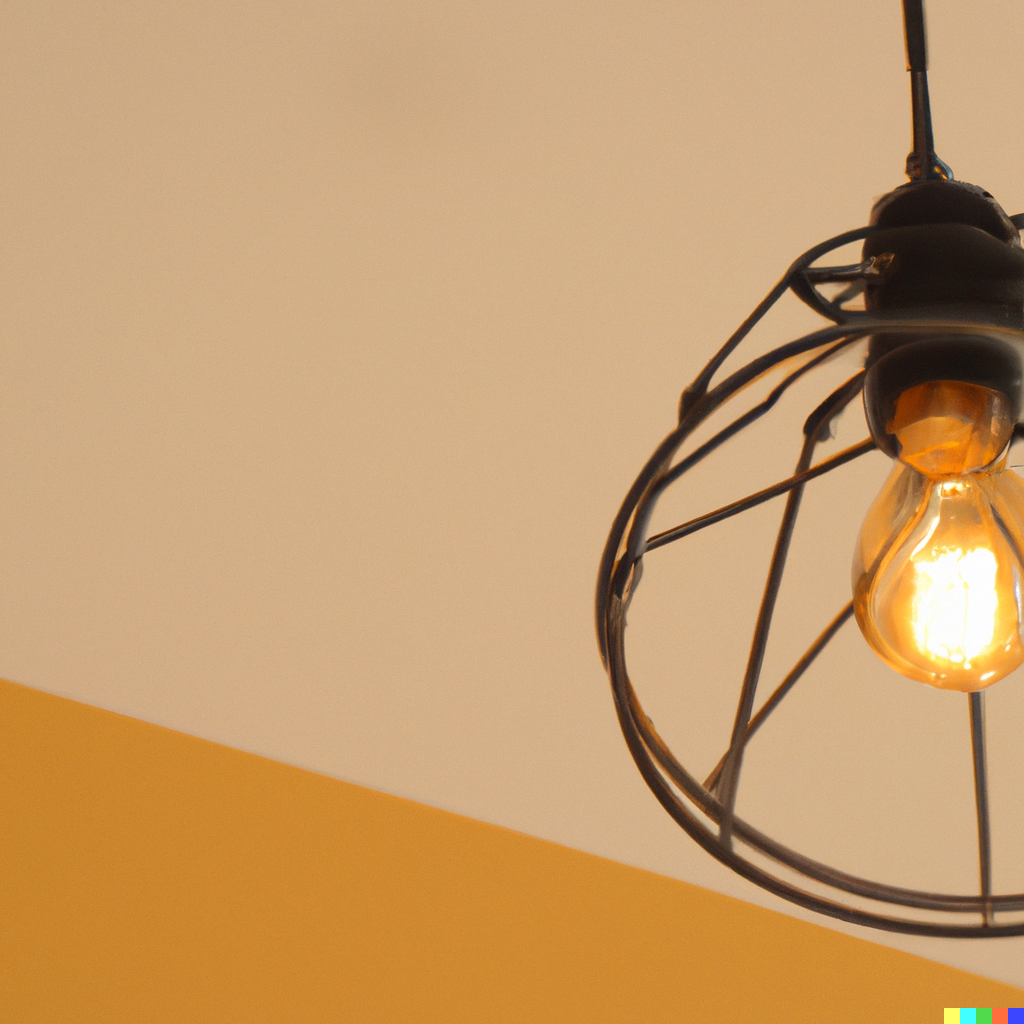
Creating Productive Workspaces: Industrial Lighting Ideas for Employee Wellbeing
Share
Creating Productive Workspaces: Industrial Lighting Ideas for Employee Wellbeing
Industrial workplaces are known for their demanding and often high-intensity environments. To ensure optimal productivity and employee wellbeing, it is crucial to design workspaces that prioritize lighting solutions tailored to the specific needs of industrial settings. Proper lighting not only enhances visibility and safety but also significantly impacts the overall mood, focus, and wellbeing of workers. In this article, we will explore innovative industrial lighting ideas that promote employee wellbeing, productivity, and satisfaction.
1. Natural Light Integration:
Integrating natural light into industrial workspaces can have a profound impact on employee wellbeing and performance. Maximizing the use of windows, skylights, or translucent roofing materials can bring in ample natural light, reducing the reliance on artificial lighting during daylight hours. Exposure to natural light has been linked to improved mood, increased alertness, and enhanced circadian rhythms, all of which contribute to employee wellbeing and productivity. Designing work areas close to windows or creating open layouts that allow light to penetrate deeper into the space can help maximize the benefits of natural light.
2. Human-Centric Lighting:
Human-centric lighting focuses on replicating natural light conditions to support the natural circadian rhythm of individuals. By mimicking the color temperature and intensity of daylight throughout the day, human-centric lighting systems can help regulate employees' sleep-wake cycles, boost mood, and enhance concentration. The use of tunable LED lighting fixtures allows for dynamic adjustments in color temperature and intensity, providing the right lighting conditions for various tasks and times of day. This type of lighting can positively impact employee wellbeing, especially in industries where shift work or extended working hours are common.
3. Task Lighting:
Task lighting provides localized illumination for specific work areas, allowing employees to have adequate lighting precisely where it is needed. By incorporating adjustable task lighting fixtures, workers can customize the lighting to suit their preferences and specific tasks, reducing eye strain and improving focus. Additionally, task lighting can help reduce energy consumption by focusing light directly on the workspace, rather than illuminating the entire area.
4. Ergonomic Lighting Design:
Industrial workspaces often involve repetitive tasks and intricate operations, which require precision and attention to detail. Proper ergonomic lighting design takes into account factors such as glare, shadowing, and uniformity of light distribution. Minimizing glare through anti-glare fixtures or diffusing materials helps prevent eye fatigue and discomfort. Strategically placing lighting sources to eliminate shadows and ensuring uniform illumination across the workspace enhances visual clarity and reduces the risk of errors or accidents.
5. Lighting Controls and Personalization:
Providing employees with the ability to control their lighting environment can contribute to their sense of empowerment and satisfaction. Implementing individual lighting controls, such as dimmers or task-specific switches, allows workers to adjust lighting levels according to their preferences and task requirements. This personalization not only enhances comfort but also promotes a sense of ownership and control over their workspace.
6. Biophilic Lighting Elements:
Biophilic design principles incorporate natural elements into the built environment to create a connection with nature. Integrating biophilic lighting elements, such as simulated daylighting, living walls with integrated lighting, or dynamic lighting that mimics natural phenomena, can evoke positive emotions and reduce stress. These elements create a visually stimulating and calming environment that enhances employee wellbeing and promotes a sense of rejuvenation.
7. Employee Feedback and Collaboration:
Creating productive workspaces goes beyond implementing lighting solutions; it requires an ongoing dialogue with employees. Encouraging open communication and seeking feedback on lighting preferences, challenges, and suggestions can provide valuable insights for continuous improvement. Collaborating with employees to understand their needs and integrating their feedback into lighting design decisions fosters a sense of inclusivity and ensures that the lighting environment aligns with their wellbeing and productivity requirements.
Conclusion:
Industrial workspaces
can greatly benefit from incorporating lighting solutions that prioritize employee wellbeing and productivity. By integrating natural light, implementing human-centric lighting, incorporating task lighting, focusing on ergonomic design, providing lighting controls and personalization options, introducing biophilic elements, and valuing employee feedback, industrial facilities can create environments that enhance overall job satisfaction, reduce stress, and improve performance. Recognizing the significant role that lighting plays in employee wellbeing and productivity is a key step towards creating workspaces that prioritize the health and happiness of the workforce.
